Statoil ASA (OSE: STL, NYSE: STO) has signed an agreement to divest minority interests in the Gullfaks and Gudrun fields offshore Norway and exit the non-core, non-operated Schiehallion and Rosebank fields, West of Shetlands.
In addition to the cash consideration of USD 2.65 billion, the transaction with Austrian oil and gas company OMV includes a contingent payment and involves a partnership between the two companies. Statoil reduces its ownership share in Gullfaks from 70% to 51% and from 75% to 51% in Gudrun, and retains its operatorships on both fields.
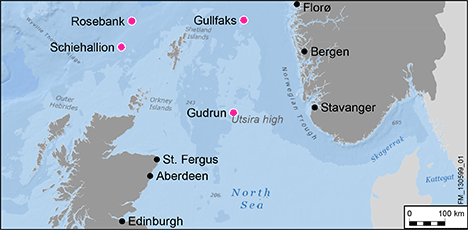
"Through this transaction, Statoil captures value created through asset development and unlocks capital for investment in high return projects in core areas. This includes our recent discoveries on the Norwegian continental shelf. We continue to deliver on our strategy to create value through active portfolio management and to further increase our financial flexibility," says Helge Lund, Statoil's president and chief executive officer.
Statoil expects to recognize a gain from the transaction estimated to be between USD 1.3-1.5 billion, to be adjusted for activity between the effective date 1 January 2013 and the closing date.
The transaction will enable Statoil to redeploy around USD 7 billion of capital expenditure, around USD 5.5 billion of which is pre-2020 (excluding potential investments in the recent Shetland/Lista discovery at Gullfaks).
Entering partnership
OMV is an established company on both the Norwegian (NCS) and the UK (UKCS) continental shelves. Statoil and OMV enter into a partnership including potential cooperation on exploration opportunities across Norway, the UK and the Faroese Islands as well as the development of enhanced oil recovery (EOR) technologies.
"Statoil is pleased to strengthen the partnership with OMV on the Norwegian continental shelf. OMV is already a valued partner in Edvard Grieg and Aasta Hansteen, and this agreement enables our companies to develop the cooperation further," says Lund.
"I believe this is a win-win deal for Statoil and OMV. Apart from the assets, I am especially proud that we can partner with a world-class leader in offshore and EOR technology," says Gerhard Roiss, chief executive officer of OMV.
Demonstrating value of Statoil's NCS and UKCS portfolio
The transaction builds on Statoil's offshore competence and experience, and track record of realising value through asset development and portfolio management.
As operator of the Gullfaks field, Statoil has added substantial value through successful efforts to maximise oil recovery and recently announced a new discovery in the Shetland/Lista formation. As part of the transaction, Statoil captures upside from this discovery through a contingent payment of 6 USD per barrel of oil equivalent of reserves developed.
Gudrun is on track for production start-up in the first quarter of 2014. As the operator, Statoil is executing the development on time and below original cost estimates. Today's transaction demonstrates the value of efficient project execution in an asset where Statoil increased its ownership in 2010.
Statoil remains committed to growing its business on the UKCS and is the operator of large field developments including the Mariner project and exploration licenses. By divesting non-core, non-operated developments in the West of Shetlands, Statoil further focuses its UK portfolio.
Statoil's production from the divested assets in the first half of 2013 was approximately 26,000 barrels of oil equivalent per day from Gullfaks. Production impact for Statoil from the transaction is estimated to around 40,000 barrels of equity oil equivalent per day in 2014 and 60,000 per day in 2016.
The effective date for the transaction is 1 January 2013. Closing is expected around year end 2013, pending government and partner approvals.
Total proceeds of around USD 15 billion have been realised through divestments by Statoil since 2010, enabling the company to redeploy resources to core, high-return upstream projects.
Bank of America Merrill Lynch and Lambert Energy Advisory Limited were financial advisors to Statoil on this transaction.
.


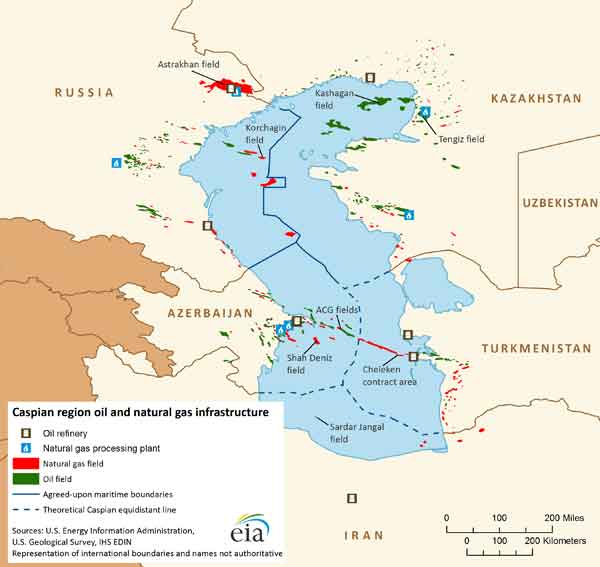 he Caspian Sea region is one of the oldest oil-producing areas in the world and is quickly growing as a natural gas production hub.
he Caspian Sea region is one of the oldest oil-producing areas in the world and is quickly growing as a natural gas production hub. NYC-based
NYC-based 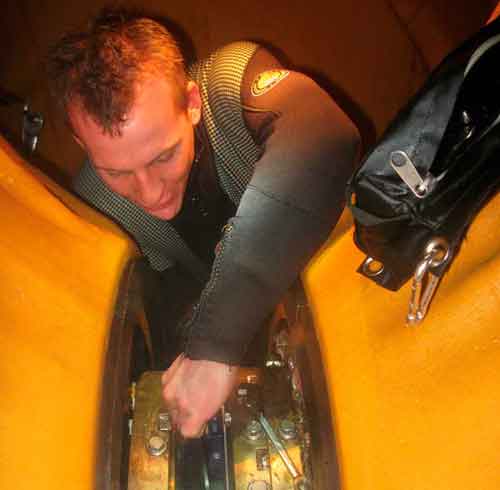 close to the company’s office in Clearwater. The vessel was suffering from an oil leak, making a fast repair necessary. Using one of the company
close to the company’s office in Clearwater. The vessel was suffering from an oil leak, making a fast repair necessary. Using one of the company
 Bechtel,
Bechtel,
 Orange Business Services
Orange Business Services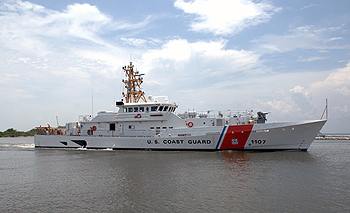 The 154 foot patrol craft CHARLES DAVID JR is the seventh vessel in the Coast Guard's Sentinel-class FRC program. To build the FRC, Bollinger Shipyards used a proven, in-service parent craft design based on the Damen Stan Patrol Boat 4708. It has a flank speed of 28 knots, state of the art command, control, communications and computer technology, and a stern launch system for the vessels 26 foot cutter boat. The FRC has been described as an operational "game changer,” by senior Coast Guard officials.
The 154 foot patrol craft CHARLES DAVID JR is the seventh vessel in the Coast Guard's Sentinel-class FRC program. To build the FRC, Bollinger Shipyards used a proven, in-service parent craft design based on the Damen Stan Patrol Boat 4708. It has a flank speed of 28 knots, state of the art command, control, communications and computer technology, and a stern launch system for the vessels 26 foot cutter boat. The FRC has been described as an operational "game changer,” by senior Coast Guard officials.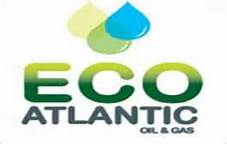 Eco (Atlantic) Oil & Gas Ltd.
Eco (Atlantic) Oil & Gas Ltd. 
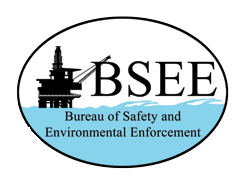 As part of President Obama’s commitment to promoting safe and responsible offshore oil and gas development, Bureau of Safety and Environmental Enforcement (BSEE) Director James Watson has announced another key step to strengthen both human safety and environmental protection on the U.S. Outer Continental Shelf. The proposed rule, which will be published in the Federal Register tomorrow, implements best practices and updates regulations regarding production safety systems and equipment used to collect and treat oil and gas from offshore production facilities.
As part of President Obama’s commitment to promoting safe and responsible offshore oil and gas development, Bureau of Safety and Environmental Enforcement (BSEE) Director James Watson has announced another key step to strengthen both human safety and environmental protection on the U.S. Outer Continental Shelf. The proposed rule, which will be published in the Federal Register tomorrow, implements best practices and updates regulations regarding production safety systems and equipment used to collect and treat oil and gas from offshore production facilities.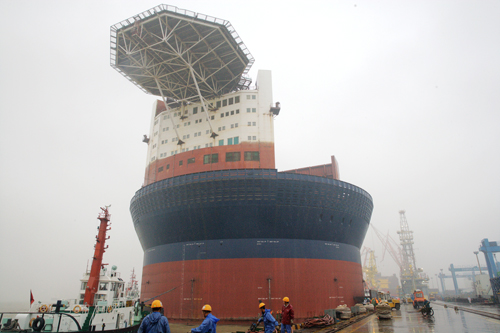 The
The 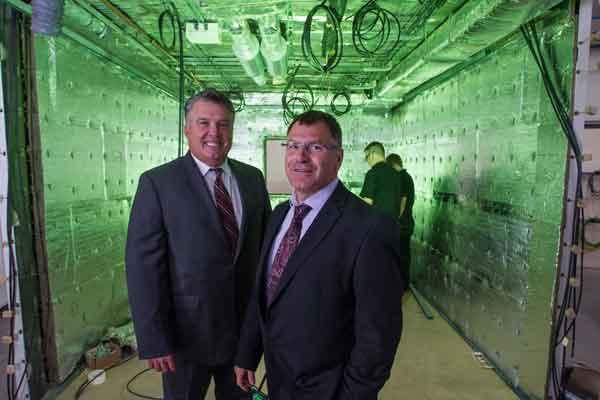
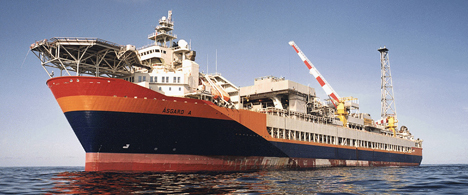 Operator Statoil has together with PL479 partners made a gas/condensate discovery in the Smørbukk North prospect at Haltenbanken in the Norwegian Sea.
Operator Statoil has together with PL479 partners made a gas/condensate discovery in the Smørbukk North prospect at Haltenbanken in the Norwegian Sea. Rosneft
Rosneft